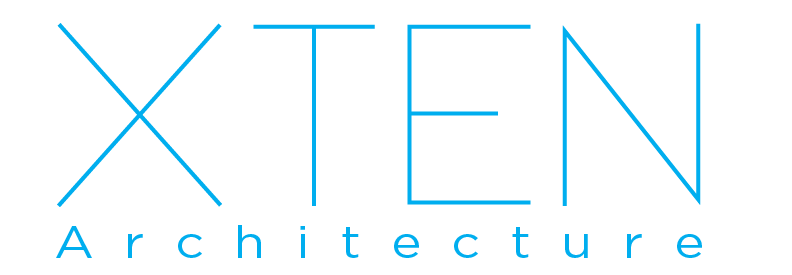Stadtarchiv Luzern
Luzern, Switzerland
The Luzern Stadtarchiv is conceived as a marker in the landscape. In its organization and architectural expression the building is closely related to the site topography and adjacent mountains. It is the first building one sees from the street upon reaching this plateau above the city of Luzern.
Due to the complexity of the site access and orientation, the building addresses each elevation as a primary façade, with one large opening per elevation in the otherwise solid concrete body of the building. The East elevation is dominated by large panorama window the full width of the library volume. The South elevation is the result of a smaller volume, similarly expressed with a large horizontal window to daylight the administrative spaces. The West elevation frames the entry plaza and foyer. The North elevation is oriented around a large clerestory glass wall to daylight the interior of the reading room.
The building is organized around the main magasin/ storage rooms of the Archiv, which arranged parallel to Ruopigenstrasse with four magasins on each of two levels. By locating the magasins below grade the majority of the site is maintained as landscape. The soil from the necessary excavation is used to landscape the plaza, the rooftops, and to berm against the archive, resulting in excellent energy efficiency, climate control and security for the archive documents.
Future growth of the archive is accommodated in a straightforward manner by extending magasin modules to the North based on the evolving requirements of the Stadtarchiv.
The structural bays and spacing of the magasins establish the structural bays for the Library, Reading Room and Office spaces located on the main level. Each of these spaces is oriented on the site according to their specific requirements, with a single circulation core at the center of the articulated pinwheel plan.
The public enters the library via a covered roof and large foyer with adjacent services. The library is transparent in the direction of travel from the entrance, with a roof that slopes gently upwards toward a wide window overlooking Luzern that provides ample natural daylight to the space.
The Reading Room is conceived as a cloistered space with the only light entering through a single large opening near the top of the 10m high volume. The base of this volume is formed by extending the magasin walls from below. The top of the volume is rotated to provide natural, balanced Northern daylight for the delicate documents being studied.
The Stadtarchiv is conceived as a white concrete building. The concrete is formed in 50cm lifts, with a sandy cement mix rammed into the formwork to achieve joint lines that are slightly irregular. The concrete walls register the accumulation of the concrete pours with the same naturalness that sedimentation is rendered in geological cross sections. The intention is that the material and the volumetric forms of the building will create a resonance between the Stadtarchive and that greater natural landscape.



